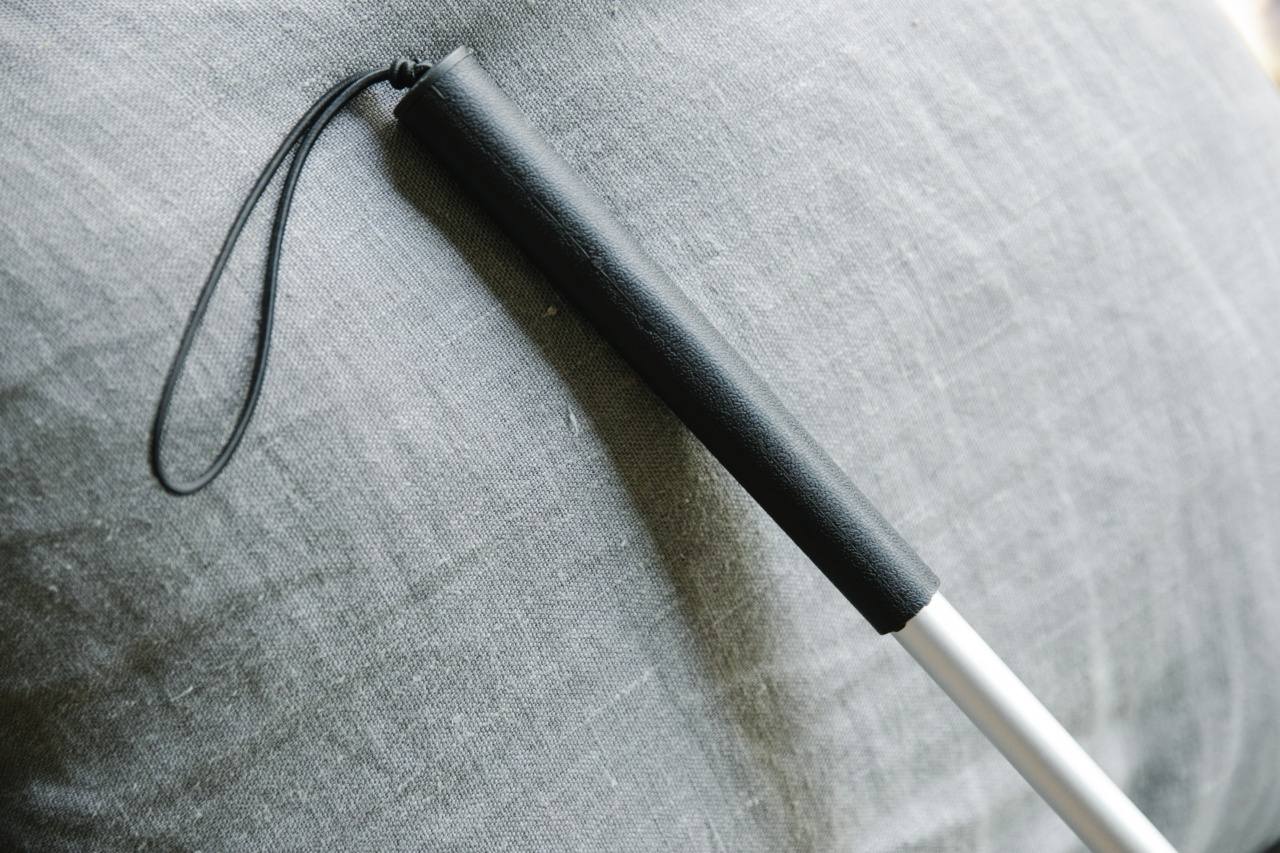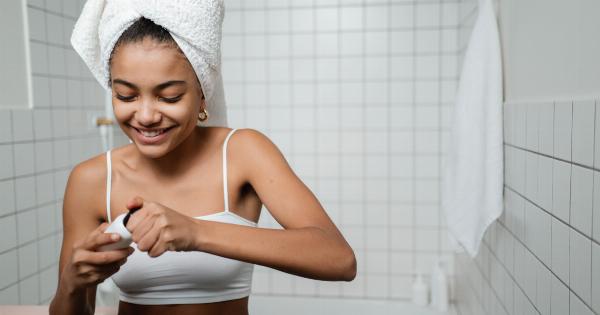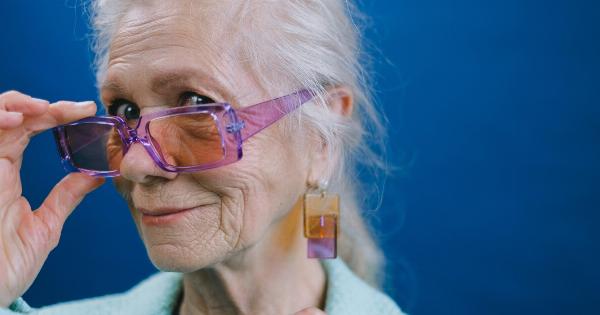We all love spending time outdoors, especially during the summer months when the sun is shining brightly.
However, extended exposure to the sun’s harmful ultraviolet (UV) rays can lead to sunburn, a condition that affects the skin and can cause discomfort or pain. Sunburn occurs when the skin is exposed to more UV rays than it can protect against, leading to inflammatory reactions.
If you’ve experienced the unpleasant effects of sunburn, fret not! In this article, we will discuss effective ways to handle sunburn and provide relief to your skin.
Understanding Sunburn: Causes and Symptoms
Before we delve into the remedies, it’s essential to understand the causes and symptoms of sunburn. Sunburn occurs when the skin is exposed to excessive UV radiation. The primary causes of sunburn are:.
1. Overexposure to the Sun’s Rays
Sunburn is most commonly caused by extended exposure to the sun, especially during peak hours when the sun’s rays are the strongest. The intensity of UV rays is highest between 10 a.m.
and 4 p.m., so it’s crucial to take precautions during this time.
2. Lack of Sunscreen or Insufficient Protection
Failure to apply an appropriate amount of sunscreen before going outdoors or not using any sunscreen at all can increase your risk of sunburn.
Additionally, relying solely on sunscreen is not enough; wearing protective clothing like hats, long-sleeved shirts, and sunglasses is equally important.
The Symptoms of Sunburn Include:
– Red or pink skin: Sunburned skin is usually red or pink in color. – Skin that feels warm to the touch. – Pain or tenderness when touching the affected area. – Swelling or blistering of the skin. – Peeling or flaking skin. – Itchiness or a prickly sensation.
How to Handle Sunburn:
Now that we understand what causes sunburn and its symptoms, let’s explore some effective ways to handle sunburn and provide relief to your damaged skin:.
1. Get Out of the Sun
If you notice that your skin is turning pink or you feel any discomfort, it’s crucial to find shade or head indoors immediately. Continuing to expose your skin to the sun’s rays will only worsen the burn and prolong the recovery process.
2. Cool the Skin
Once indoors, the first step in treating sunburn is cooling down the affected area. Take a cool bath or shower, or apply cool compresses to the burnt skin. This helps soothe the inflammation and provides instant relief.
Avoid using very cold water, as it may further irritate the skin.
3. Moisturize the Skin
After cooling down the burnt skin, it’s essential to keep it moisturized. Apply a gentle moisturizer or aloe vera gel to the affected area to prevent dryness and promote healing.
Look for moisturizers containing ingredients such as aloe vera, chamomile, or vitamin E, as they possess soothing and healing properties.
4. Stay Hydrated
When you have sunburn, it is easy to become dehydrated, as sunburn draws fluid to the skin’s surface and away from the rest of the body. Drink plenty of water and avoid alcohol or caffeinated beverages, as they can contribute to dehydration.
Staying well-hydrated will help your body heal and recover faster.
5. Take Over-the-Counter Pain Relief Medication
If you’re experiencing pain or discomfort due to sunburn, over-the-counter pain relief medications like ibuprofen or aspirin can help alleviate the symptoms.
Follow the instructions on the packaging or consult your healthcare provider for the appropriate dosage.
6. Use Cool Compresses
In addition to taking a cool bath or shower, applying cool compresses to the affected area can provide further relief. Soak a clean cloth in cool water, wring out excess moisture, and gently apply it to the sunburned skin.
Repeat this process several times a day to reduce inflammation and soothe the burning sensation.
7. Avoid Popping Blisters
If your sunburn causes blisters to form, it’s important to resist the temptation to pop them. Popping blisters can increase the risk of infection and delay the healing process.
Let the blisters heal naturally, and keep the area clean and dry to prevent infection.
8. Wear Loose and Breathable Clothing
While your sunburn is healing, it’s essential to wear loose and breathable clothing made from natural fabrics like cotton. Tight clothing can rub against the burnt skin and cause further discomfort.
Opt for loose-fitting clothes that minimize contact with the affected area.
9. Avoid Further Sun Exposure
Once you’ve experienced a sunburn, your skin becomes even more sensitive to UV radiation. To avoid further damage and aid in the healing process, it’s crucial to protect your skin from the sun.
Wear protective clothing, use sunscreen with a high SPF, and seek shade during peak sun hours.
10. Consult a Healthcare Professional
If your sunburn is severe, covers a large part of your body, or is accompanied by symptoms such as fever, chills, or severe pain, it’s important to seek medical attention.
A healthcare professional can assess the severity of your sunburn and provide appropriate treatment.
Taking Care of Your Skin in the Long Run
While we have discussed how to handle sunburn and provide relief, it’s important to focus on preventing sunburn altogether.
Protecting your skin from excessive sun exposure is the best way to prevent sunburn and reduce the risk of skin damage, premature aging, and skin cancer. Follow these tips to care for your skin:.
– Apply Sunscreen
Wear broad-spectrum sunscreen with an SPF of 30 or higher every day, even on cloudy or overcast days. Apply a generous amount of sunscreen on all exposed skin, at least 15 minutes before sun exposure.
Reapply every two hours or more frequently if you are swimming or sweating.
– Seek Shade
When spending time outdoors, seek shade whenever possible, especially during peak sun hours. Shade provides extra protection from the harmful UV rays and helps prevent sunburn.
– Wear Protective Clothing
Choose clothing that covers as much skin as possible, such as long-sleeved shirts, pants, and wide-brimmed hats. Dark-colored and tightly woven fabrics offer better protection against UV radiation.
– Wear Sunglasses
Protect your eyes from UV rays by wearing sunglasses that block 100% of UVA and UVB rays. Prolonged exposure to UV radiation can contribute to cataracts and other eye conditions.
– Stay Hydrated
Drink plenty of water and keep your body and skin hydrated. Well-hydrated skin is healthier and less prone to damage. Aim to drink at least eight glasses of water daily, or more if you are spending time outdoors in hot weather.
– Be Sun-Smart for Kids
Children have delicate skin that is more susceptible to sunburn. Keep infants under six months of age out of direct sunlight and dress them in protective clothing.
For older children, apply sunscreen with an appropriate SPF and encourage them to seek shade and wear protective clothing.
– Perform Regular Skin Examinations
To catch any potential skin issues early on, examine your skin regularly. Look for changes in moles, freckles, or any unusual growths. If you notice any concerning changes, consult a dermatologist.






























